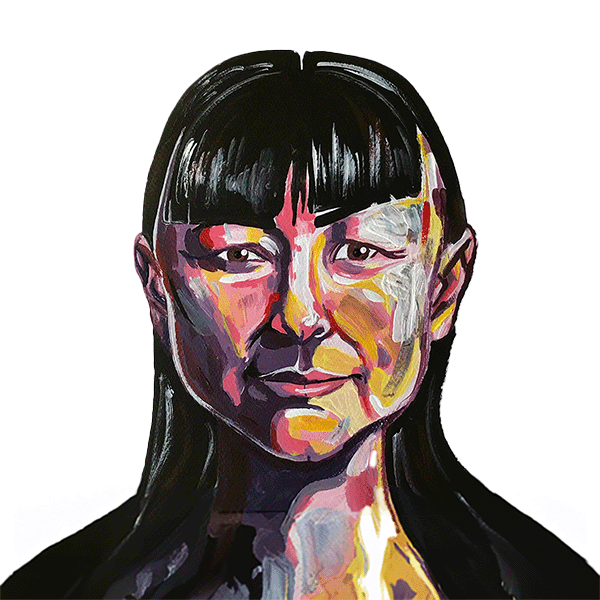How we do People Analytics

It’s not about connecting the dots, but having a smooth and steady ride in the flight of locks
Using data about human behavior, relationships, and traits as the basis for making business decisions. That’s our definition of People Analytics and it means not basing decisions anecdotal experience, hierarchy and/or risk avoidance, but taking higher-quality decisions based on data analysis, prediction, and research.
Using data about human behavior, relationships, and traits as the basis for making business decisions
Our People Analytics model is set up for tracking HR data and metrics for getting informed better and faster, for progressive thinking, planning, acting, and leading.
We see our different data sets as locks in a canal. Data sets that are kept isolated within their own silo/lock are nice to have but their use is very limited. The trick is to open the gateways between the locks, combine the data sets and allow the analysis to flow freely, just like water in the canal. That way your data can really take you from one place to another, to a higher level.
Transformation vs ordinary change
While the number of initiatives that could fall under the umbrella of “HR transformation” is broad there is a couple of characteristics that differentiates transformation from ordinary change. A transformation is a whole portfolio of change initiatives that together form an integrated program. A transformation is a system of systems, all made up of the most complex system of all — people. For this reason, organizational transformation is uniquely suited to the analysis, prediction, and experimental research approach – People Analytics and HR insights, our way.
Our workplace technology and analytics team works in three buckets
First bucket; In core, process transformation initiatives — which are often driven by digitization. Measure activities and find embedded expertise to optimize, diversify, and standardize data collection. Baseline the time spent on People Analytics data, map the networks of the people involved to be more efficient with fewer person-hours to improve the process. Recognize, discover and advice on better ways of doing things.
Second bucket; In bottom-up cultural transformation initiatives, the way things get done is equally or more important than what is actually done. Feedback loops and data-driven storytelling is how we choose to make culture transformation happen. Our Learning and Development team, GreenHouse, have found that managers who spend at least 16 minutes one-on-one time per week with each direct report had 30% percent more engaged direct reports than managers who don’t. In this way, data storytelling is a way to build trust among stakeholders and base culture transformation on behavioral science.
Third bucket; Top-down strategic transformation is often made necessary by market and technology factors outside the company, but still, People Analytics can be a critical factor for execution. Our People Analytics team can serve as a dashboard to track resources, boundaries, capacity, time use, networks, skill sets, performance, and mindsets to help pinpoint where change is possible and can measure what happens when we try it.
Balancing growth and running an efficient organization
How can we both manage growth and run a leaner and a more competitive organization? Generate more data, and make decisions faster. We hear about burnout and change fatigue and questions whether the pace is sustainable. To address this, a dashboard showing when a team is over-utilized, they can’t handle more change, while under- or unevenly utilized teams usually are more receptive. Can we slice the dashboard by tenure, to learn whether recent hires have been effectively on-boarded before approving new hire requests to absorb extra work?
As we increasingly look to data to help in transformation efforts, it’s important to remember that this doesn’t just mean having more data or better charts. It’s about mastering the organizational muscle of using data to make better decisions; to hypothesize, discover, measure and adapt. With conscientious collection and analysis of the right data, a major transformation can be a little less daunting – and hopefully much more successful. Our People Analytics’ Model enables us to be factful storytellers who dare to be contrarian.



